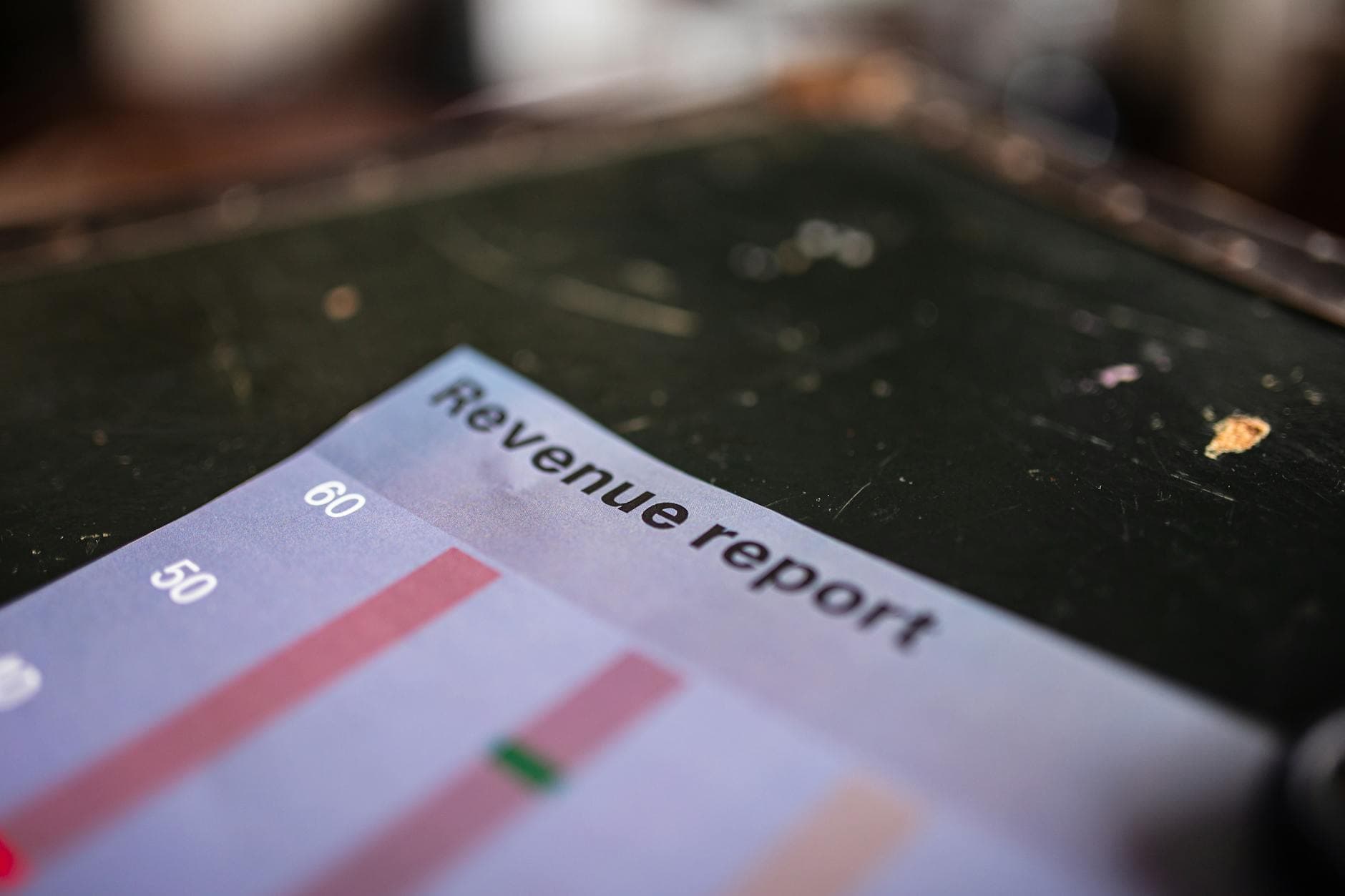SaaS Review Metrics: Decoding The KPIs That Reveal True Performance

The world of SaaS, or Software as a Service, lives and dies by perception. Never mind the best product; what really counts is how customers experience, rate, and discuss your service. Customer reviews, scattered across G2, Capterra, Trustpilot, and social media, have quickly become one of the single most influential factors in SaaS growth. For founders, marketers, investors, and product managers alike, the ability to dissect review data is rapidly turning into table stakes. But in a noisy world, where everyone claims to track "sentiment," what metrics actually matter? Which KPIs can separate superficial buzz from actionable insight?
Beyond Star Ratings: The Nuanced World of SaaS Review Data
It is tempting to cling to the comforting simplicity of aggregate star ratings. After all, they are clear, easy to communicate, and most review platforms and aggregators default to them. Yet, the world behind those aggregated numbers is far more nuanced and far more telling about the health and future potential of a SaaS business.
Historical trends show companies with similar star ratings experiencing wildly divergent fates. What distinguishes them is not the shiny veneer of a 4.7 average, but the substance underlying it: the recency and distribution of reviews, the themes that reappear, and the velocity with which user sentiment changes. Leaders in SaaS now realize: superficial review scores are lagging indicators, not leading ones.
One of the most important KPIs is review recency. SaaS is a fast-moving industry where a two-year-old positive review can conceal more than it reveals. Competitors launch, features are superseded, and integrations age. When evaluating review data, companies need to weigh recent reviews more heavily, and look for signals that customer delight is sustained, not historical. Some firms develop recursive decay-weighted averages for their ratings: a four-star review from last month almost always matters more than a five-star adulation from 2020.
Similarly, review velocity, the rate at which new reviews are published, offers powerful insight. A sudden spike may indicate a new feature, an aggressive marketing campaign, or, infamously, a bot-driven manipulation effort. But a slow, steady uptick often reflects growing product adoption. A trough, on the other hand, might signal stalling customer enthusiasm or difficulties in driving advocacy. In both cases, velocity paired with sentiment tells a richer story than either alone.
Thematic Analysis: Decoding the Voice of the Customer
Technological advances have made thematic review analysis far more accessible. Natural language processing tools scan thousands of reviews, tagging comments as positive or negative about features like speed, uptime, support, ease of use, or billing. The value in this work lies not just in quantifying praise or pain, but in surfacing what really matters to customers.
SaaS companies often fall into the trap of touting sophisticated features while their users care most about basic reliability or customer support. A large volume of four- and five-star reviews may still contain recurring gripes about onboarding, mobile quirks, or legacy integrations. The true KPI, then, is not just sentiment score, but topic-level sentiment change over time.
Leading SaaS operations now track "theme health" KPIs. For instance, if security-positive reviews have fallen in the last two quarters, even as general satisfaction remains high, that may foreshadow a broader risk. Likewise, a sudden surge in support-related praise can signal successful operational investments, and a potential competitive edge. Investors pay close attention to these thematic shifts as indicators of product-market fit and resilience.
Amplifying the Outlier: The Power of Extremes
In the vast ocean of three- and four-star reviews, it is all too easy to dismiss the rare zero-star pan as irrelevant, or the single exuberant praise as an anomaly. But in SaaS, outlier reviews often illuminate systemic risks or missed opportunities that aggregate scores cannot. Negative outliers, especially when detailed and passionate, often point to crucial breaking points in the user experience. These can reveal issues in implementation, integration nightmares, or failures in support escalation.
Conversely, positive outliers, users who paint vivid stories of transformative impact, are a gold mine. These voices can be activated as evangelists and references or used to craft case studies. A sophisticated review metrics strategy pairs average scores with an opt-in for outlier monitoring, turning customer passion into fuel for growth or course correction.
Comparative Benchmarks: Understanding Relative Standing
No SaaS product exists in a vacuum. Another layer of meaningful KPIs involves bridging review data into competitive benchmarks. Are customers more effusive about a competitor’s onboarding, more vocal about your support, or more critical of rivals’ billing practices? Platforms like G2 and Capterra now enable granular competitive intelligence, letting companies see not only how they are trending, but whether they are outpacing (or lagging) direct rivals in areas that matter most to their target market.
The B2B SaaS environment is particularly susceptible to the "herd effect": buyers rely not just on their own experience but crowd wisdom. A company may boost its own score, but if the category average is moving faster, the net perception may still decline. The most successful SaaS operators not only track their review KPIs, but treatment against the broader, shifting context of the market.
The Challenge of Synthesis: Avoiding KPI Paralysis
With such a surfeit of metadata, text analytics, and cross-platform signals, SaaS leaders risk descending into KPI confusion. Which metrics matter most, and to whom? Product managers may fixate on specific negative themes, while marketers trumpet volume or aggregate sentiment. Board members often want crisp numbers, while operations teams thirst for actionable insight.
The lesson is that no single metric suffices. The art of SaaS review analysis is to construct a balanced dashboard, review velocity and recency, topic-level sentiment, outlier impact, and comparative standing, tailored to strategic objectives. KPIs are not just passive measures: they must drive prioritization. The best companies build closed feedback loops, linking review metrics directly into product, support, and marketing decisions.
Learning for the Future: From Measurement to Change
In an era when the SaaS landscape shifts with breakneck speed, the companies that thrive will be those that not only track review metrics, but internalize their message. Reviews are not just reputational assets to be burnished, but living records of customer needs, frustrations, and ambitions. For SaaS teams, review KPIs must become navigational tools, lighting the path toward innovation, relevance, and, ultimately, long-term growth.


